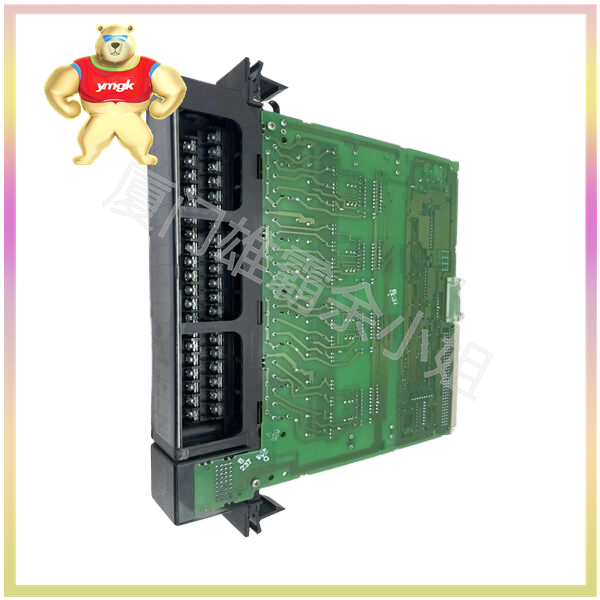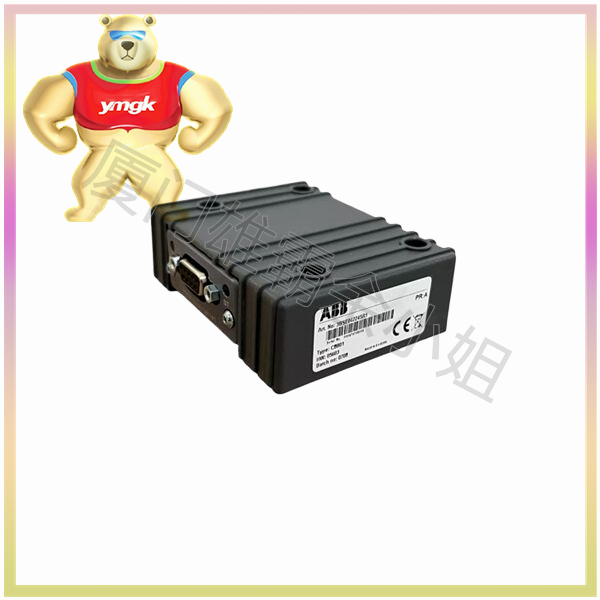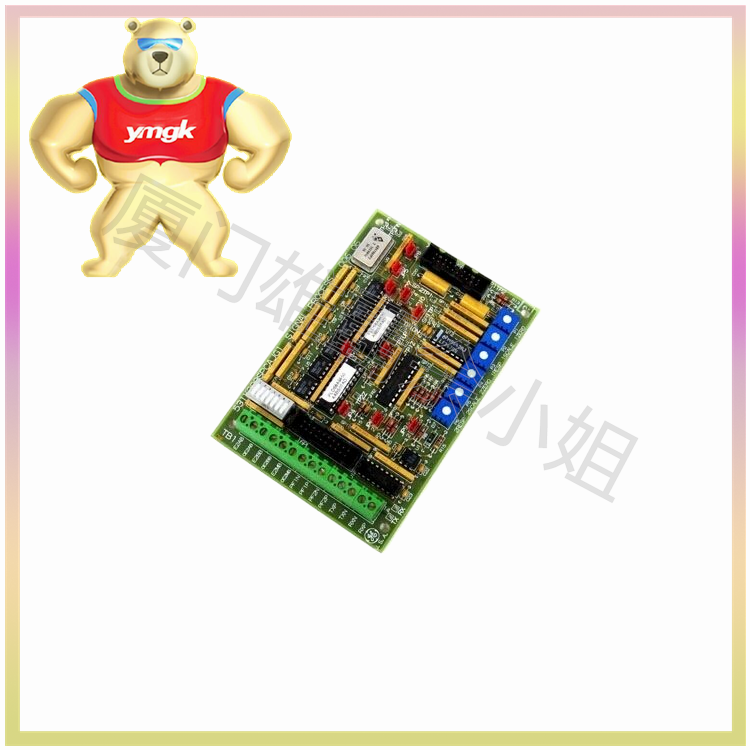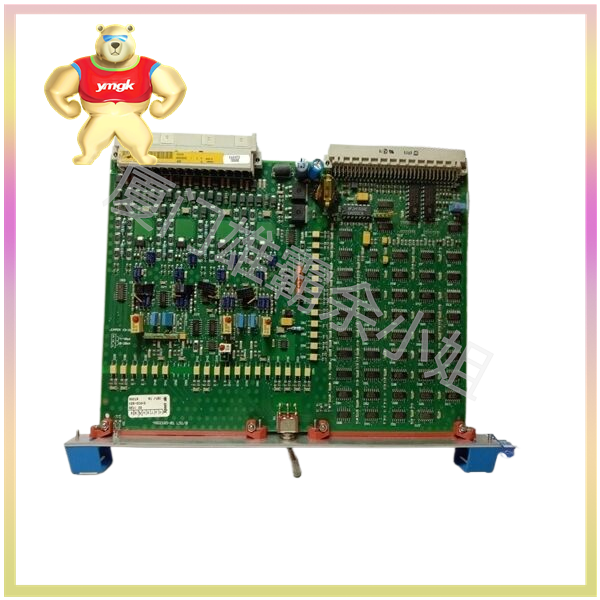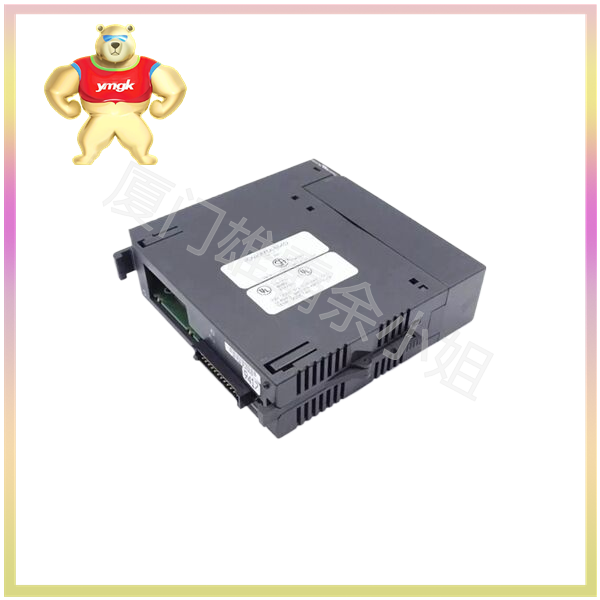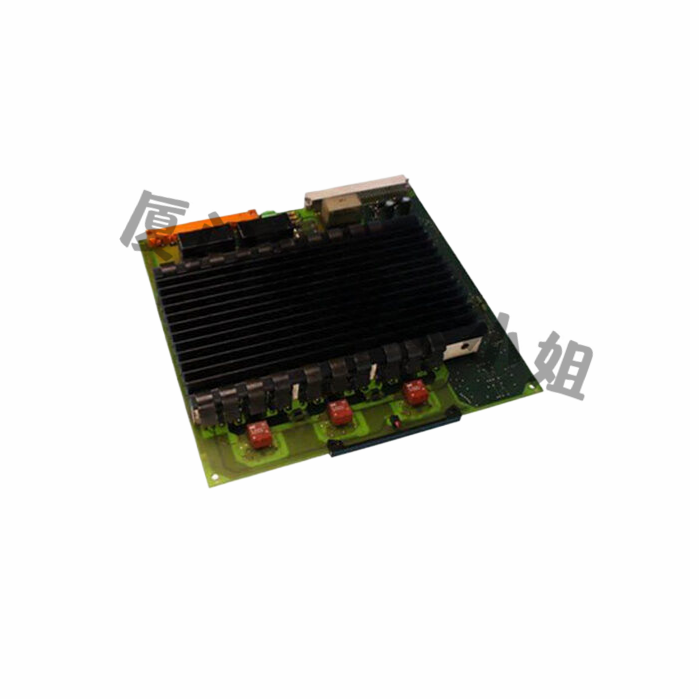In order to meet the control requirements of the stepper motor, a driver is needed to drive the stepper motor. Drivers play the following roles in stepper motor systems:
Amplify signal: The driver is capable of receiving pulse signals from the control system and amplifying them to a current or voltage level sufficient to drive the stepper motor to rotate.
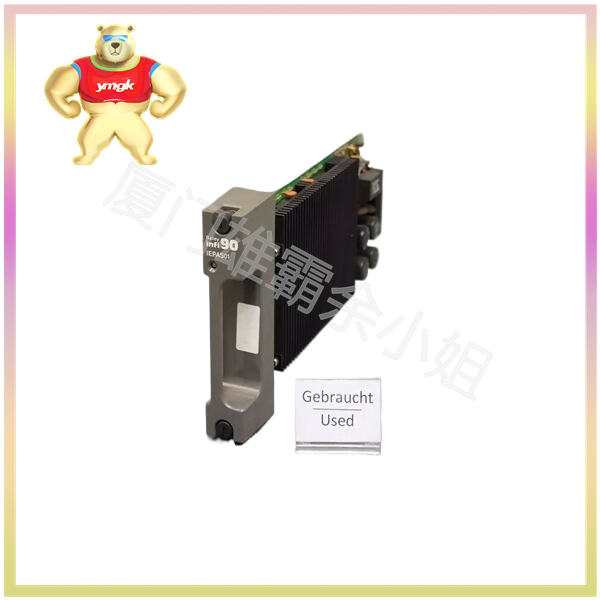
Pulse allocation: The driver distributes pulse signals to each phase winding of the stepper motor based on its structure and control requirements, achieving precise rotation of the stepper motor.
Control direction: The driver can control the direction of the pulse signal, thereby controlling the rotation direction of the stepper motor.
Protection function: Drivers usually have overcurrent, overheating and other protection functions, which can protect stepper motors from damage.
Speed regulation function: The driver can control the speed of the stepper motor by adjusting the frequency of the pulse signal, achieving the speed regulation function of the stepper motor.
Specifically, the driver has the following characteristics:
Efficiency: The driver can efficiently convert pulse signals into the rotational motion of the stepper motor, achieving fast response and precise control.
Stability: The driver has good stability, which can ensure that the stepper motor remains stable during operation, avoiding step loss or vibration caused by factors such as load changes and speed changes.
Flexibility: The driver can be configured and adjusted according to different types of stepper motors and control requirements, with strong flexibility and adaptability.
Intelligence: Modern drivers usually have intelligent functions, such as automatic recognition of stepper motor types, automatic adjustment of parameters, etc., making the control of stepper motors simpler and more convenient.
5、 The necessity of adding a stepper motor and driver
The necessity of adding a stepper motor and driver is mainly reflected in the following aspects:
Improve control accuracy: The driver can accurately convert pulse signals into the rotational motion of the stepper motor, achieving high-precision position control.
Enhanced stability: The driver can ensure that the stepper motor remains stable during operation, avoiding loss of step or vibration caused by factors such as load changes and speed variations.
Implementing speed regulation function: The driver can control the speed of the stepper motor by adjusting the frequency of the pulse signal, achieving the speed regulation function of the stepper motor.
Simplify control system design: Using drivers can simplify the design of control systems, reduce the complexity and cost of control systems.
6、 Conclusion
In summary, adding a driver to a stepper motor is a necessary condition for achieving precise control, stable operation, and speed regulation of the stepper motor. Drivers play important roles in stepper motor systems, such as amplifying signals, distributing pulses, controlling direction, providing protection, and regulating speed. Therefore, in practical applications, the appropriate type of driver should be selected according to specific needs and conditions to ensure the normal operation and precise control of stepper motors.

